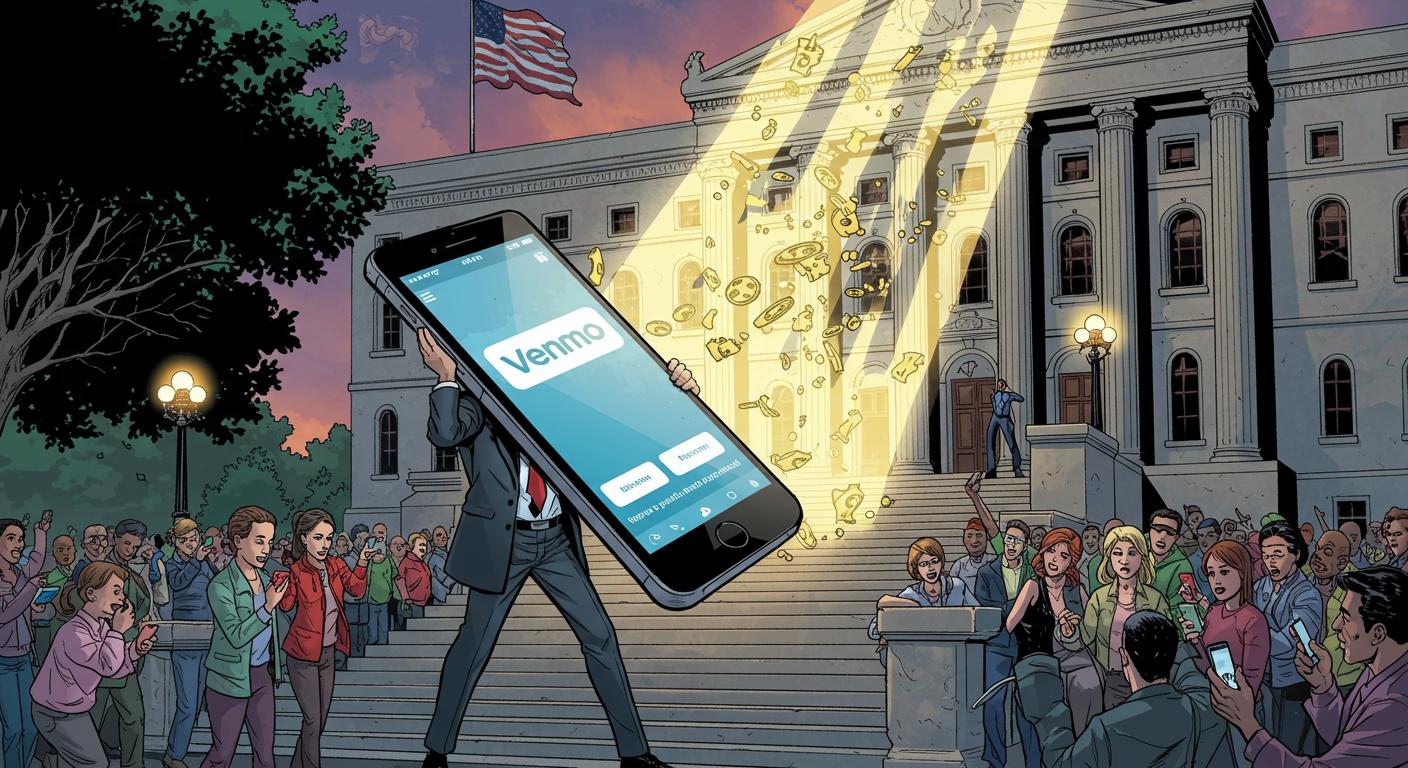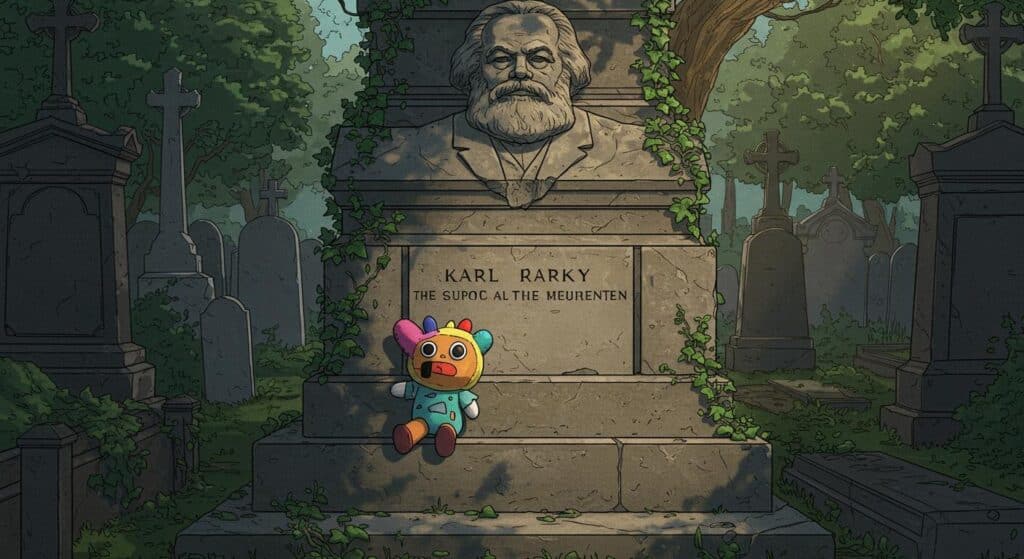There’s a moment with certain government announcements when reality stretches into the realm of gentle satire. Yet, here we are: the U.S. Treasury has officially started accepting Venmo payments from citizens eager to help whittle away the national debt. As reported by Newsweek, you can now beam a digital donation straight from your phone into the cavernous expanse of Treasury coffers—all in pursuit of shrinking that $36 trillion federal IOU.
It’s a uniquely modern gesture: the world’s most powerful government, passing around the mobile tip jar.
Venmo and the Republic: Micro-Payments, Macro-Obligations
Newsweek notes that this update comes courtesy of the Bureau of the Fiscal Service, an arm of the Treasury responsible for not just collecting taxes, but also—less famously—processing voluntary public contributions toward the national debt. These “gifts” have been possible for decades by mail or through federal websites like Pay.gov, but now the process is as streamlined as splitting a pizza bill, with new options including both Venmo and PayPal.
Payment industry voices cited in the reporting suggest the pivot is an explicit attempt to reach a generation for whom digital wallets are more familiar than checkbooks. Rabin Sawh from Catalis Payments characterized the move as an effort by government to “understand and respect” citizen payment preferences, reflecting an ongoing push to modernize civic interactions for mobile-first Americans.
Yet, while the interface may be up-to-date, the impact remains stubbornly vintage. As described in the Treasury’s own reports, Americans collectively contributed just over $180,000 to the national debt in all of fiscal year 2022. That’s roughly what the federal government spends during a decent lunch break. Good intentions, grand total: a rounding error.
Bake Sales and Billion-Dollar Problems
The governmental urge to solicit public donations toward gargantuan debts isn’t new—Newsweek points out that voluntary contributions have long flickered at the edge of federal finances. What’s changed, at least cosmetically, is the method. Now you can fire off a few dollars to the Treasury as easily as reimbursing a friend for cold brew, and the scene feels primed for at least a dozen viral jokes in the memo line.
The rationale behind this digital facelift, as detailed by Newsweek, includes not just “meeting citizens where they are,” but signaling broader ambitions for digital-first government services—especially as policymakers look for ways to engage younger Americans in questions of fiscal policy. Whether this actually results in more donations, or simply offers another polite nudge to civic consciousness, remains to be seen.
There’s a quietly amusing tension here: public finance meets meme economy. Newsweek’s summary of past donation figures hints at the scale of the disconnect—the sum total of all recent public gifts doesn’t even move the needle against trillion-dollar shortfalls. Still, is there a certain earnestness, or at least an accidental performance art, in the government opening up to “every little bit helps” at a time when debt clocks tick by in six-figure increments per second?
Civic Engagement or the Ultimate Tip Jar?
One can’t help but wonder about the cultural symbolism at play. Payment app representatives, quoted by Newsweek, frame the change as about accessibility. Modernizing interfaces, digitizing forms, and adding real-time payment tools could indeed make it easier for the rare individual inspired to donate. And perhaps, when the act of giving is at fingertip reach, the national debt becomes less abstract—if only for the duration of a Venmo transaction.
Yet, the ironies abound. The federal government’s foray into app-based contributions may say less about filling budget gaps and more about affirming its presence in the everyday world of instant payments. The logic, as laid out by Newsweek, is about engagement and future-proofing rather than tangible fiscal impact.
Which leaves us with the question: does the spectacle of Venmo-ing the Treasury trivialize a serious issue, or does it serve as a curious invitation to the public—one that elicits more wry memes than actual money? If someone in Portland sends $7.88 and an emoji with “For liberty,” does it vanish into the void, or does it at least spark a conversation, however brief, about who pays for what, and why?
Where Digital Meets the Treasury
As federal agencies slowly digitize the nuts and bolts of public interaction, this moment feels—if nothing else—authentically 21st century. Newsweek observes that the larger goal may be paving the way for additional digital services and a more transparent, interactive government.
If, by chance, the urge strikes to throw some Venmo change into the nation’s biggest fountain, you now have the option. Just don’t expect the numbers to budge much, and maybe savor the poetic oddness of the spectacle: a republic passing the virtual hat, one Venmo payment at a time. Even in the land of monumental problems and incremental solutions, there’s space for the quietly weird.







